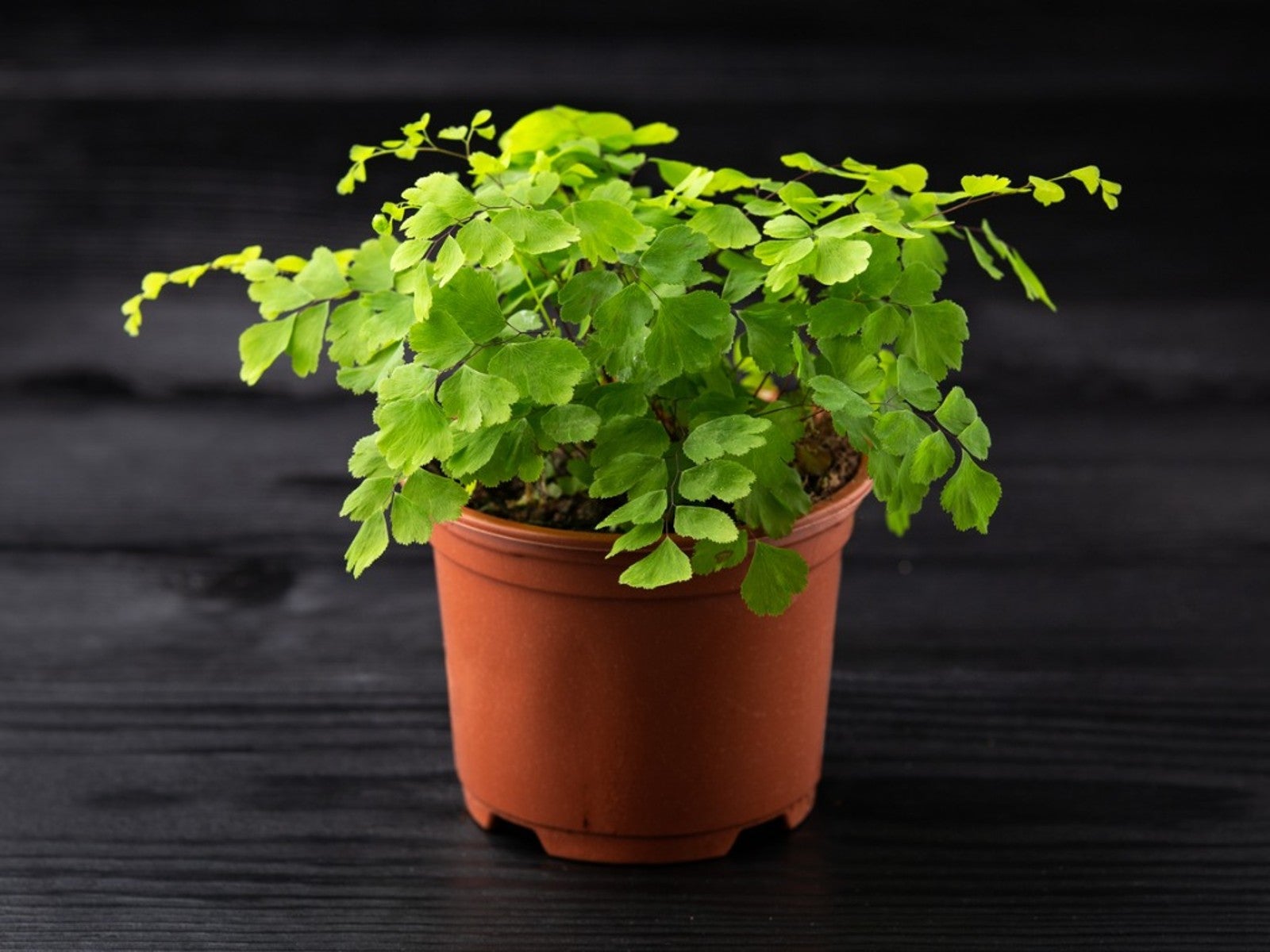Best Small Low Light Indoor Plants


As gardeners, we often spend a good deal of time determining how much sun to provide each of our plants and then finding a location where that amount of sun is available. If we grow some small low light houseplants and small plants that don’t need much sun outside, we can minimize this step and use the time for other avenues of caring for our plants.
Exactly how do we locate such plants, those that are beautiful and sometimes unusual, yet don’t need a lengthy stream of sunshine? Listening to other home gardeners that already grow small low light plants is an excellent option and reading articles such as this might help too.
We can begin with a minor list of a few of the more common plants that grow in low light. Of course, there are many that won’t be included, but part of the fun is finding them for ourselves. The list follows:
Small Houseplants for Low Light
- Chinese evergreens
- Wandering Jew
- Cast-iron plant
- Parlor Palm
- Fishtail Palm
- Spider plant
- Grape Ivy
- False Aralia
- Dumbcane
- Pothos
- English Ivy
- Swedish Ivy
- Split-leaf Philodendron
- Peperomia
- Aluminum Plant
- Artillery Plant
These plants grow well in low light conditions, sometimes thriving when just the right amount of low light is offered to them. Other popular low light plants include the peace lily, which blooms readily in morning sun. All varieties of the snake plant grow beautifully in low light conditions. The arrowhead vine creeps and twines easily in low light.
Growing Small Houseplants for Low Light
Many of these plants provide attractive, indoor foliage while receiving little light. Some bloom with beautiful flowers at various times of the year, and most clean indoor air to some degree.
Philodendron and all of its varieties may be among the easiest houseplants to grow. It thrives on neglect. It’s also said to be among the best for providing indoor air purification.
The Popular Peperomia Species
Peperomia spp. consists of many small plants with foliage that is either variegated, mottled, or solid color. These may have either smooth or wrinkled leaves. This is one of the most well-known types of small plants for low light, possibly because there are so many types. More than one thousand varieties exist, according to some experts.
Sign up for the Gardening Know How newsletter today and receive a free copy of our e-book "How to Grow Delicious Tomatoes".
This species often originates in Mexico, South America, and the Caribbean. Foliage is thick, fleshy, and can be colorful, featuring textured leaves in shades of red, green, gray, and sometimes even purple. Keep the peperomia in mind in all its different types and coordinate with other small indoor plants for low light. Most of these can grow outside as well if the lighting is properly adjusted and kept low enough not to burn plant leaves.

Becca Badgett was a regular contributor to Gardening Know How for ten years. Co-author of the book How to Grow an EMERGENCY Garden, Becca specializes in succulent and cactus gardening.